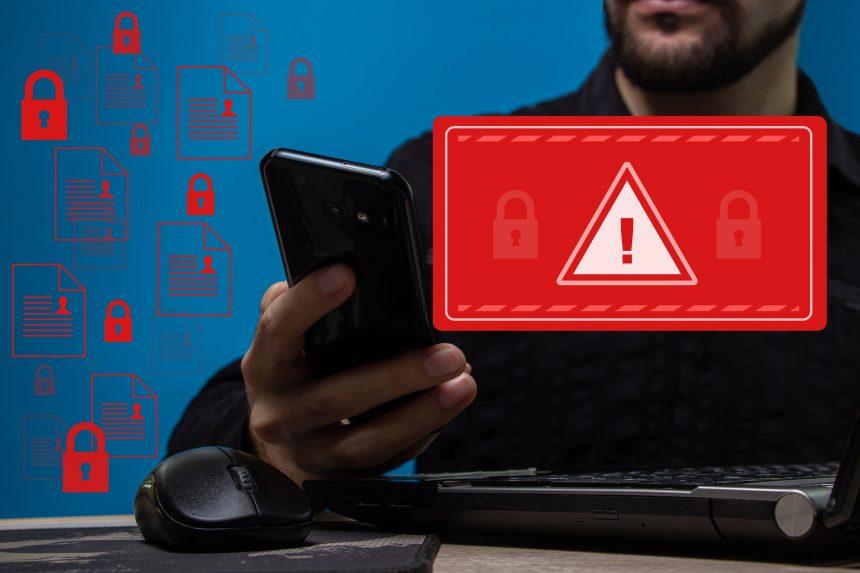In recent weeks, the cybersecurity landscape has been rocked by the emergence of Operation MidnightEclipse, a highly sophisticated cyber threat orchestrated by an unidentified threat actor. Leveraging a zero-day vulnerability in Palo Alto Networks PAN-OS software, designated CVE-2024-3400, this nefarious campaign has sent shockwaves through the cybersecurity community. Dubbed Operation MidnightEclipse by researchers, this threat has demonstrated a level of sophistication and precision indicative of a skilled and well-resourced adversary.
The Exploitation
The vulnerability at the heart of Operation MidnightEclipse, CVE-2024-3400, represents a critical flaw in PAN-OS software, rated with a CVSS score of 10.0. Exploiting this flaw grants unauthenticated hackers the ability to execute arbitrary code with root privileges on affected firewalls, posing a severe risk to organizations utilizing PAN-OS 10.2, PAN-OS 11.0, and PAN-OS 11.1 configurations with GlobalProtect gateway and device telemetry enabled.
Operation MidnightEclipse exploits CVE-2024-3400 to establish a persistent presence within compromised systems. By leveraging a cron job that executes every minute, the threat actor fetches commands from an external server and executes them via the bash shell, effectively granting them remote control over the compromised firewall.
The Malware and its Actions
At the core of Operation MidnightEclipse lies a Python-based backdoor, aptly named UPSTYLE by researchers. This backdoor, hosted on separate servers, is deployed to execute the threat actor’s commands and facilitate unauthorized access to compromised systems. The deployment of UPSTYLE enables the threat actor to execute a range of malicious activities, including the acquisition of sensitive information and the infiltration of internal networks.
Notably, UPSTYLE utilizes legitimate files associated with the firewall to conceal its activities, leveraging existing log files and web server components to execute commands and cover its tracks. Through a combination of stealthy techniques, including command obfuscation and file restoration, the threat actor endeavors to minimize evidence of their presence and evade detection.
Consequences and Response
The consequences of Operation MidnightEclipse are dire, with organizations at risk of significant data breaches and operational disruptions. The threat actor, identified as UTA0218, demonstrates advanced capabilities and a predefined strategy aimed at achieving their objectives. From acquiring domain backup DPAPI keys to compromising user workstations, the threat actor’s actions pose a grave threat to the security posture of targeted organizations.
In response to this escalating threat, the U.S. Cybersecurity and Infrastructure Security Agency (CISA) has issued warnings and mandated the application of patches to mitigate the vulnerability. However, the nature of targeted victims and the demonstrated capabilities of the threat actor underscore the importance of proactive cybersecurity measures.
Detection and Removal Guide
Detecting and removing Operation MidnightEclipse requires a comprehensive approach that addresses both the vulnerability exploitation and the presence of associated malware. While specific detection names for the malware may vary, organizations can utilize intrusion detection systems (IDS) and endpoint detection and response (EDR) solutions to identify malicious activity associated with CVE-2024-3400 and UPSTYLE.
For removal, organizations should follow these steps:
- Patch Management: Immediately apply patches provided by Palo Alto Networks to remediate CVE-2024-3400 and prevent further exploitation.
- Network Traffic Analysis: Conduct thorough analysis of network traffic to identify communication with known malicious IP addresses associated with the threat actor.
- Endpoint Scans: Perform comprehensive scans of affected endpoints to detect and remove any instances of UPSTYLE and associated components.
- File Integrity Checks: Verify the integrity of critical system files and logs to identify unauthorized modifications or anomalies indicative of compromise.
- Incident Response: Implement incident response procedures to contain and remediate any ongoing security incidents resulting from Operation MidnightEclipse.
Prevention Best Practices
To prevent future infections and mitigate the risk of similar cyber threats, organizations should adhere to the following best practices:
- Vulnerability Management: Establish a robust vulnerability management program to promptly identify and address software vulnerabilities before they can be exploited by threat actors.
- Access Control: Implement least privilege access controls to limit the exposure of critical systems and resources to unauthorized users.
- Network Segmentation: Segment network environments to restrict lateral movement by threat actors and mitigate the impact of potential breaches.
- User Education: Provide comprehensive cybersecurity awareness training to employees to empower them to recognize and report suspicious activities.
- Threat Intelligence: Leverage threat intelligence feeds and information sharing platforms to stay informed about emerging threats and adversary tactics, techniques, and procedures (TTPs).
Conclusion
Operation MidnightEclipse represents a significant escalation in the ongoing cat-and-mouse game between threat actors and cybersecurity defenders. By exploiting a critical vulnerability in Palo Alto Networks PAN-OS software, the threat actor behind this campaign has demonstrated a level of sophistication and determination that underscores the evolving nature of cyber threats. To mitigate the risk posed by Operation MidnightEclipse and similar threats, organizations must remain vigilant, proactive, and collaborative in their approach to cybersecurity.





